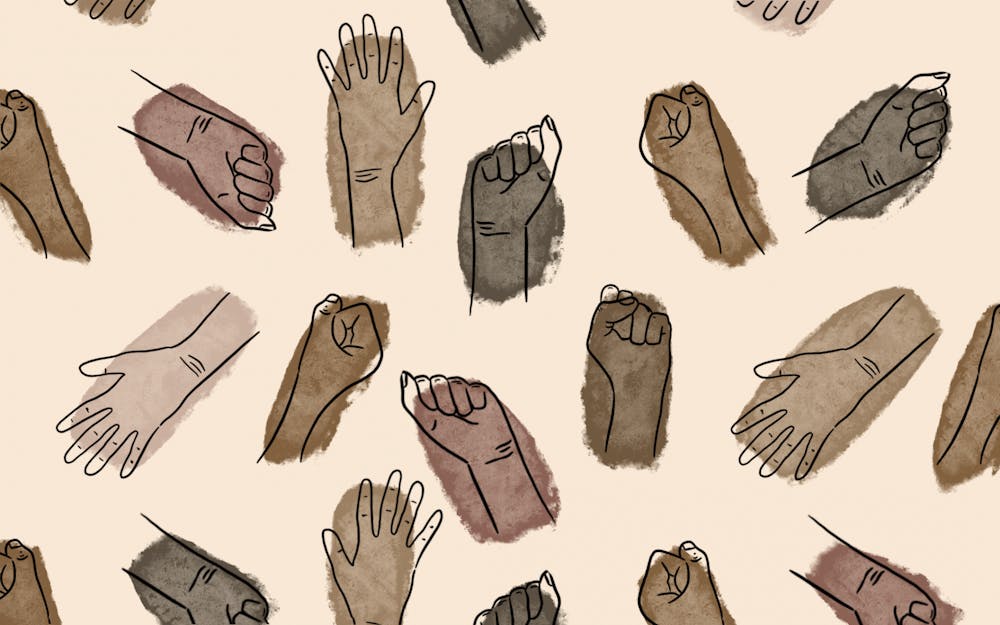Earlier this month, British Vogue released the cover for their February issue and it has since sparked a media controversy.
The issue displays nine models of African descent. At the bottom of the cover, it states these models are “Fashion Now.” The models featured on the cover are Adut Akech, Amar Akway, Majesty Amare, Akon Changkou, Maty Fall, Janet Jumbo, Abény Nhial, Nyagua Ruea and Anok Yai.
British Vogue’s first African American editor-in-chief, Edward Enninful, gave his opinion of the cover on his Instagram.
“Every one of these brilliant models is of African descent,” Enninful said on Instagram. ”The rise of African representation in modeling is not only about symbolism, nor even simple beauty standards. It is about the elevation of a continent.”
Initially, the cover was applauded by the fashion industry and the Black community because a magazine of this caliber has never had a cover with this many darker-skinned Black women. According to Gal-dem, in the last 25 years, British Vogue has only had two other Black women on their cover, models Naomi Campbell and Jourdan Dunn.
Shortly after the release of the cover, several articles identified some major issues with this cover, from colorism to fetishization.
This cover was also a trending topic on Twitter and has been mentioned on social platforms like “Complex” and the cover had a story on CNN. The CNN story pointed out how the womens’ appearance was made to seem otherworldly and ghoulish.
“My heart sank when I saw the picture of the models,” Stephanie Busari of CNN said. “I wanted to love it, but the image left me confused and raised questions about the execution of this important cover.”
The directors and editors of the shoot received a lot of backlash in the media for editing the pictures to make the models’ skin appear darker. It was unnecessary and critics said it made the women appear unhuman and doll-like.
This observation of the women seeming “doll-like” stemmed a whole new problem of fetishization for many viewers. Fetishization is the act of making someone an object of sexual desire based on their identity. The sexual objectification of Black women in the United States started with slavery so there is a lot of trauma associated with fetishization in the Black community.
In addition to the editing, the models were all wearing synthetic wigs which did not resemble African hairstyles. Instead, the wigs resembled a European hairstyle.
The fake wigs and the overly edited photos contradict the message of these women being effortlessly stunning. These women were edited to appear darker-skinned and plastic, which takes away from the message of Black women being naturally beautiful.
This cover constitutes underrepresentation, both in front of and behind the lens. A cover devoted to Black beauty should also include Black stylists, Black editors, Black photographers and a broader representation of Black beauty.






